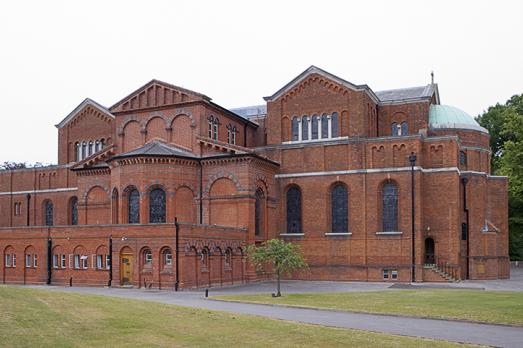
Roustika Monastery
Roustika, GR
The Monastery of Prophet Elijah (Profitis Elias) in the surroundings of Roustika, is a historic monastery founded in the Venetian period. The monastery was destroyed several times by the Ottomans. Most of the current buildings date from 1866.















